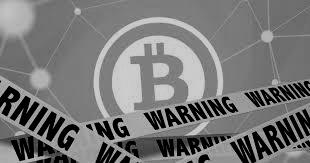
Blockchains, Web3, the metaverse, NFTs, cryptocurrencies, Bitcoin, Dogecoin, dApps and DAOs. These terms have surged into mainstream media, from nowhere over a decade ago. At time of writing the total value of crypto assets, if instantaneously and in a costless manner converted to USD (a large assumption), sits at around $2tn[1]. To provide some perspective, Microsoft’s total market capitalization currently sits at around this figure[2]. Are they now too big to ignore? This note explores ten important points to remember if considering an allocation to digital assets.
- Complexity and perceived sophistication do not make something a good investment: An innovative product will not necessarily be revolutionary. There are many highly technical solutions in the digital assets space with exciting prospects, but without the benefit of hindsight it is impossible to know what technologies will become commonplace.
‘Investors read confusing, jargon-laden articles and become convinced that smarter people than themselves are investing, so they should too’ [3]
For most, it is not necessary to gain an in-depth understanding of the mechanics and nuances of digital assets and blockchain technology. Many people drive cars without a detailed knowledge of how the gearbox works or how the engine uses the fuel to generate power. It is, however, useful to understand some high-level characteristics and considerations.
- There are legitimate challenges to the future of many digital assets: A philosophical debate exists around what derives an assets’ ‘value’. What gives a verifiably ‘owned’ 600×600 digital image – which can be infinitely reproduced – worth? Why is a bitcoin[4], with little use in daily life and not in physical form, valued at tens of thousands of dollars based simply on its verifiable scarcity? Why Bitcoin, and not any of the other 10,000 or so cryptocurrencies? How can widespread adoption get round the challenge of high transaction fees and slow transaction times – Ethereum (another decentralised blockchain) for example can only process up to around 30 transactions per second[5], whilst Visa claims capacity for over 65,000[6]? It’s difficult to give firm answers to these questions, though they are valid challenges for these technologies to overcome to achieve mainstream adoption.
- Watch out! Fraudulent activity, hacks and outright theft are real risks that exist in the space, with little-to-no route to compensation for investors. Currently, there do appear to be some significantly vulnerable points – in the process of purchasing digital assets – whereby illicit activity occurs at a cost to investors. Examples of hacked wallets, stolen funds, corrupt exchanges, and fake cryptocurrencies are frequent in financial media. These are unfortunate realities that exist. The Twitter account @web3isgreat provides insights into illicit activity in the digital assets space, with a sobering regularity[7].
- Transaction costs are high: Owning digital assets directly can be costly. Transaction fees are high, and liquidity could reasonably be an issue, particularly at time of large market swings. According to bitinfocharts.com, median transaction fees for bitcoins tend to be around $1, though have been as high as $28 in 2021. Ethereum’s fees have been higher and more variable[8]. There are limited options to buy pooled investment products to gain exposure to digital assets, and those that are available are expensive.
- Much of the digital assets world is unregulated: A reasonable starting point as an investor is to first avoid any investment that is unregulated. A lack of regulation gives rise to increased risks of criminal activity at a cost to the investor, and most likely an investment in which it is more difficult to know the true inherent risks. Much of the digital assets world is unregulated. This may change in time, though the very nature of true decentralisation makes it difficult for a central regulator to engage in necessary oversight.
- Environmental impact concerns are valid and material: Although the digital assets industry is broadly aware of the issue and has taken steps to improve the climate impact, it is still significant. The method of verification of bitcoin transactions is energy intensive, as miners compete for newly minted bitcoins by producing the most powerful processing units. The Cambridge Bitcoin Electricity Consumption index provides some interesting comparisons[9], such as the fact that the estimated energy usage from mining bitcoins is comparable to the energy usage of countries such as Poland and comprises over 0.6% of global energy consumption. As another example, energy consumption of the Bitcoin network in a single year could power all kettles in the UK for over 30 years!
- There have been some great innovations: There is no doubt that there are some exciting and potentially disruptive innovations in the space. The challenge investors face is that without the benefit of hindsight it is impossible to know which innovations will pervade.
- Many investors can benefit from indirect exposure to digital assets: By owning a diversified basket of securities one can own the public companies that are developing, selling or implementing the technology. Investors calculate the expected future cashflows of firms – giving them a market value – and so owning these firms in a market weight gives investors the aggregate view of each company’s future.
- Ownership of many digital assets comes with a highly volatile journey: Significant price swings are regular in the world of digital asset ownership. In the past five years, the price of a bitcoin has seen daily movements of up to +26% and down to ‑39%[10]. It’s a bumpy ride.
- Many are unaware of the tax consequences of ownership: Many investors are unaware of any potential tax liabilities that may arise due to ownership. A nationwide survey[11] in the US issued by Wakefield Research – commissioned by CoinTracker – found that just 3% of respondents correctly answered a list of questions correctly relating to when crypto investors would be liable to pay tax. Proceeding without due caution can land investors in hot water.
Revolutionary technological advancement is a brilliant consequence of the capitalist system, and a key factor in economic growth. The world of digital assets and blockchain technology is exciting and it would not be entirely surprising to see some of the innovations (many of which might not even exist today) become commonplace. There is, however, a relatively deep technical knowledge required to understand digital assets, even at a high level. This does not make them a sensible investment, and any investment in cryptocurrencies should be seen as a sunk cost.
Risk warnings
This article is distributed for educational purposes and should not be considered investment advice or an offer of any security for sale. This article contains the opinions of the author but not necessarily the Firm and does not represent a recommendation of any particular security, strategy, or investment product. Information contained herein has been obtained from sources believed to be reliable but is not guaranteed.
Past performance is not indicative of future results and no representation is made that the stated results will be replicated.
[1] https://coinmarketcap.com/charts/, accessed 20th April 2022
[2] https://companiesmarketcap.com/, accessed 20th April 2022
[3] Pickard, A. (March 2022). ‘Cryptocurrencies: The Power of Memes’. https://www.researchaffiliates.com/
[4] For those eagle-eyed, grammar focussed readers the ‘b’ in bitcoin is not capitalised here. The official Bitcoin glossary states: ‘Bitcoin – with capitalization, is used when describing the concept of Bitcoin, or the entire network itself. e.g. “I was learning about the Bitcoin protocol today.”
bitcoin – without capitalization, is used to describe bitcoins as a unit of account. e.g. “I sent ten bitcoins today.”; it is also often abbreviated BTC or XBT.’
[5] https://www.ft.com/content/16eaf1b9-08fb-4454-a4eb-ac662cdd8590 Accessed 15/04/2022
[6] https://www.visa.co.uk/dam/VCOM/download/corporate/media/visanet-technology/aboutvisafactsheet.pdf
[7] https://twitter.com/web3isgreat
[8] https://bitinfocharts.com/comparison/median_transaction_fee-btc-eth.html#3y
[10] Data source: http://www.investing.com/
[11] https://www.cointracker.io/blog/crypto-taxes-youre-not-alone Accessed 15/04/2022


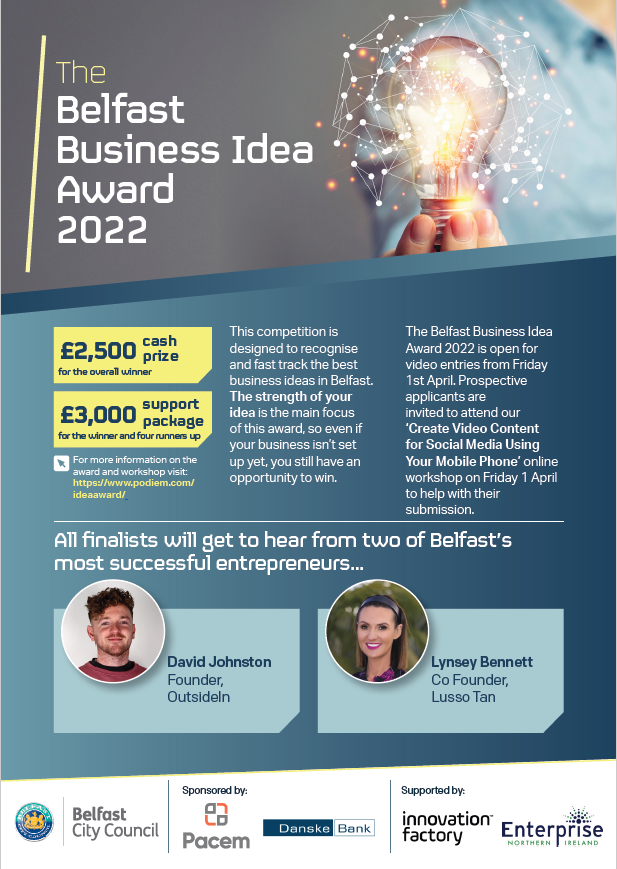

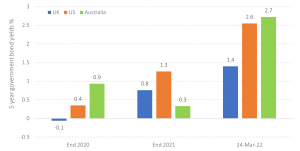
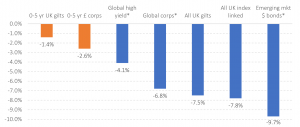

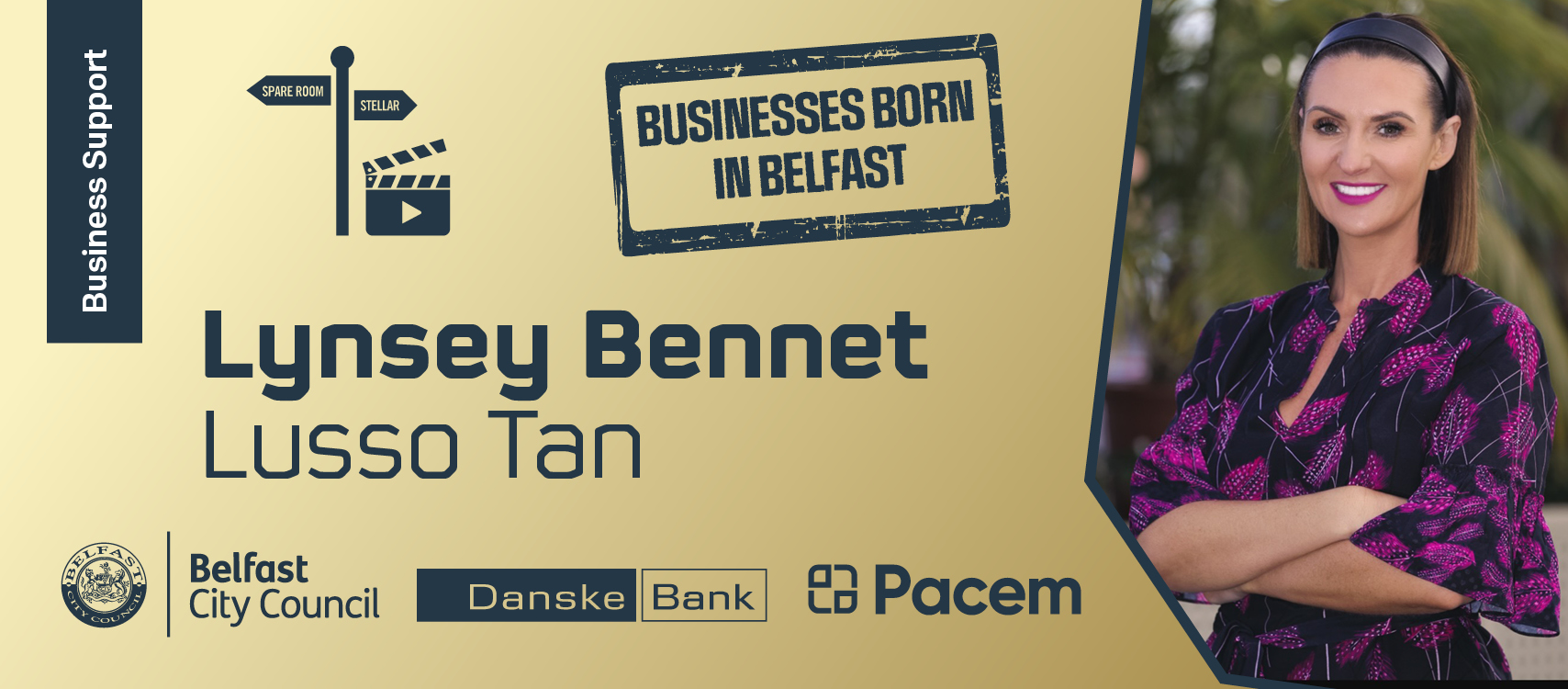



Recent Comments